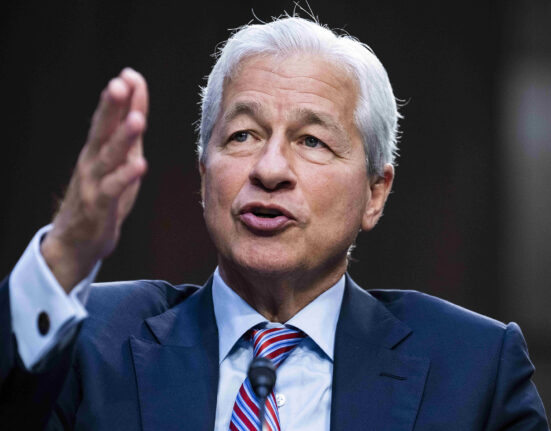—
Understanding the Australian Dollar’s Decline
The Australian dollar has been facing challenges due to a combination of factors that include a robust US dollar and instability in the Chinese economy. This decline has significant implications for various aspects of Australia’s economy.
Experts like independent economist Nicki Hutley point out that the strength of the US dollar, fueled by actions such as US Federal Reserve interest rate cuts, plays a crucial role in weakening the Australian currency. Moreover, Australia’s economic performance is closely tied to China’s stability as it heavily relies on Chinese demand for exports.
Implications for Travelers
For individuals planning overseas trips, the weakened Australian dollar translates into increased expenses. The currency’s depreciation against other major currencies like the British pound means travelers need to be cautious about overspending. Installing a currency conversion calculator on your phone can help manage expenses efficiently and prevent any budgetary surprises during travels.
Impact on Interest Rates
The Reserve Bank of Australia faces challenges in managing inflationary pressures resulting from the weakened dollar when making decisions regarding interest rates. While analysts speculate about potential rate cuts in response to the currency devaluation, uncertainties remain about how extensively this factor will influence policy decisions.
Experts suggest that while a weaker currency may raise concerns about inflation levels, it could also enhance the competitiveness of Australian exports. However, if US interest rates remain stable or increase while the Australian dollar continues its downward trend, implementing rate cuts domestically might become more complex.
Economic Outlook Amid Uncertainties
As Australians grapple with higher living costs and looming external shocks like Donald Trump’s policies post-inauguration, uncertainties prevail regarding Australia’s economic trajectory. The threat of escalating tariffs by Trump and potential impacts on global trade dynamics pose additional challenges for countries like Australia whose currencies are vulnerable to such geopolitical shifts.
Analysts like Tony Sycamore emphasize that developments following Trump’s assumption of office will heavily influence the fate of the Australian dollar. Policies targeting Chinese imports and subsequent repercussions are expected to exert pressure on AUD/USD exchange rates, potentially pushing it below psychologically significant marks like 60 US cents.
In conclusion…
While concerns linger over ongoing economic uncertainties stemming from global events and policy changes, maintaining vigilance and adaptability are key for navigating these turbulent times ahead.
—
By expanding upon each aspect discussed in the original article with detailed insights and expert analysis, readers gain a comprehensive understanding of why the Australian dollar is falling and its broader implications across different sectors.









Leave feedback about this